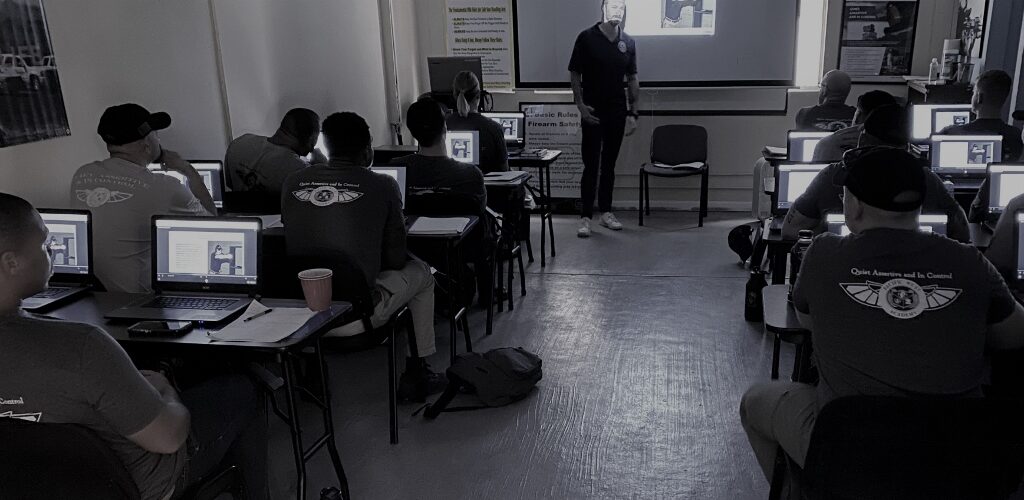

Introduction to Hostile Surveillance
In the shadowy and oftentimes misunderstood field of criminal activity and terrorism, hostile surveillance is one of the least understood factors.
The goal of this article is to very briefly explain a few factors about hostile surveillance, as we search for ways in which conventional security personnel can mitigate its effects.
Though the term surveillance can be generally applied to various types of activities and electronic measures, this article is dedicated to the HUMINT type of physical surveillance, which can be defined as: The covert observation of a target for the purpose of collecting information. This short sentence is loaded with the three key ingredients of surveillance. The first two ingredients are covertness and physical observation – take one of these factors out, and you no longer have what we consider surveillance. If physical observation is done overtly, willingly allowing the target (or anyone else) to see it, then this would simply be physical observation rather than surveillance. Conversely, if an operative is conducting him/herself in such a covert manner that he/she cannot really observe the target, then this would simply be hiding undercover rather than conducting surveillance. The fact that physical surveillance necessarily combines observation and covertness is one of the main reasons why surveillance is such a challenging undertaking. The third ingredient of surveillance is collection information. After all, such challenging and risky activities aren’t simply performed for the fun of it. The goal of hostile surveillance – the entire reason for doing it in the first place – is to collect crucial information that is necessary for planning an attack.
The first thing to understand about operational surveillance is that it is a process that begins before any direct observation on the target takes place. The process begins with an operative (we will use a single operative for simplicity’s sake) moving through the area of the target in order to gain a better understanding of the general character and tempo of the area. Most importantly, the operative needs to locate at least one good vantage point on the target. A vantage point is a location from which the operative can conduct surveillance, and a good surveillance vantage point is one that will give the operative access to a large amount of visual information, while allowing him/her to collect this information covertly.
Considering the amount of time that needs to be spent at a vantage point, it would be unwise for an operative to hastily position him/herself at that location before it is better understood. This is because if the operative is not in tune with the appearance and behavior of the people in that environment, he/she will look out of place; thereby diminishing his/her level of covertness. Say, for example, a vantage point happens to be a park bench at a block’s distance from the target. What the operative would need to do is discover what type of people spend time on that bench, what these people look like and how these people behave, and then adjust his/her appearance and behavior in order to blend into this environment. In order to do this, the operative will need to find a suitable location from which to collect information on the vantage point – a vantage point on the vantage point. This second vantage point will ideally be a location from which the operative cannot even see the target, because that would in turn mean that the target cannot see the operative either. Sticking with the example of the park bench, the second vantage point might be a farther away bench in the same park, or a coffee shop facing the bench but not the target.
After spending some time observing this bench, if it turns out for example that the vantage point bench is usually occupied by homeless people, then the operative will adopt the cover of a homeless person – dressing and behaving in tune with the homeless people who usually occupy the bench. By the time the operative is ready to physically occupy the vantage point, and thus assume all the risks that are associated with conducting hostile surveillance, the operative can seemingly act and appear completely normal.
I often find myself in front of surprised security and law enforcement professionals – many of which are seasoned veterans – when I explain that they can no longer solely depend on the old fashioned idea of looking for suspicious individuals observing the target, or even individuals who just seem out of place. The first thing a well trained surveillance operative will do (and there are plenty of them out there) is make sure they blend perfectly into their environment – that’s what I was trained to do, and there’s no reason to simply assume that hostile surveillance operatives won’t do the same.
It’s not my intention to be an alarmist, nor do I claim that all hostile surveillance is conducted on such a high level, I’m simply advocating that as we hope for the best we should prepare for the worst, and it’s a good idea to learn a thing or two about the ‘worst’ if we want to seriously prepare for it. Painful experience reminds us that there’s no shortage of intelligence agencies, both past and present, that have trained many individuals to conduct hostile surveillance on this level; to name just a few: the Iranian intelligence agency, the Pakistani ISI, Syrian intelligence, Libyan intelligence, and many of the former communist Eastern Bloc intelligence agencies – most notably the KGB and the East German Stasi – have all contributed in this way to terrorist attacks.
As soon as we accept the fact that not all hostile surveillance can be exposed by simply looking for suspicious individuals, the question becomes what CAN be done about it? What DO we look for?
The next article in this series will discuss this at length.
